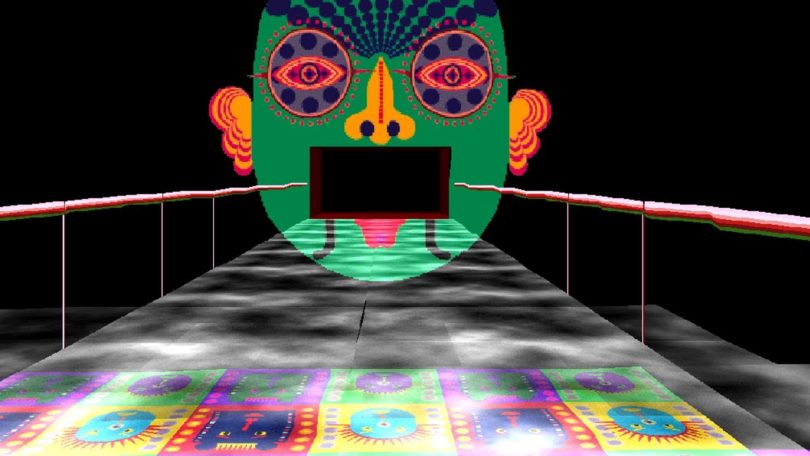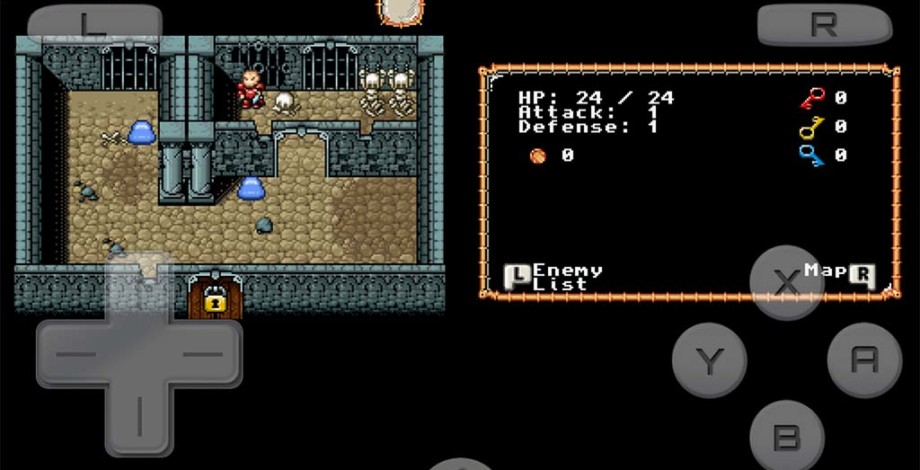LSD Dream Emulator – For the PlayStation, Asmik Ace Entertainment released LSD: Dream Emulator, an exploration game. LSD is a game in which the player wanders about in a surreal setting without any goal in mind.
Only things that will cause the player to be transported to a new location may be manipulated and touched. Osamu Sato, a Japanese artist, came up with the concept for the game and intended to utilise the PlayStation as a tool for making modern art rather than a traditional gaming platform. The inspiration for the game came from a decade-long dream journal maintained by an Asmik Ace employee.
There were a few hundred copies of the game, the music, and the accompanying book released in Japan on October 22, 1998. Since its weirdness has been an entertaining topic of conversation for comedy blogs and Let’s Play commentators, LSD has witnessed a rebirth in popularity.

LSD Dream Emulator
In 2010, it was also made available on the PlayStation Store in Japan. The game’s quirky elements have been lauded by critics, who have called it one of the most experimental video games ever.
Gameplay
It’s been called a “playable dream,” in which the user explores bizarre worlds with no overall purpose in LSD: Dream Emulator. The player can only move forward and backward, turn, strafe, sprint, and gaze behind them while in a first-person viewpoint in a 3D scene.
Up to 10 minutes may be spent playing each level or “dream” in the game. Each dream starts in a random location where the user may begin exploring. The player may be transferred to a different location by entering any item or going through particular tunnels.
An example of one of LSD’s static and defined settings is a Japanese hamlet. There are other fields and cities with homes and factories that you may explore using LSD.
Even while the landscapes themselves are static, the basic textures may be replaced, and they can also be filled with a variety of items, animals, and people to keep things interesting. The character wakes up after 10 minutes, or sooner if the player interacts with specific items or dies.
Every time the player has a dream, a day passes and a mark on a graph indicates the dream the player just had. If a dream is classified as “Static” on one of the axes, it is classified as “Static” on the other.
As a player progresses through the game’s many dreams, the game’s graphics get more varied. Psychedelic and surreal surroundings are created as a consequence of this process.
Occasionally, a video is shown in place of a playable dream while initiating a new dream. A “flashback” option emerges on the main menu after a certain number of in-game days, allowing the player to relive their most recent dream.
To prevent the player from utilising the flashback option, a humanoid figure known as the Gray or Shadow Man may emerge in certain dreams. If the player touches this person, they will lose all progress achieved in that dream.
Simulator of the dreamer LSD: Dream Emulator
There have always been, are, and always will be “mind-blowing” computer game masterpieces, which instantly make you want to see a psychologist or psychiatrist. Simulator of dreams” or “LSD: Dream Emulation” is one such game.
Back in 1998, when it was first published, “Dream Emulator” was envisioned as a successor to Sony’s PlayStation. In recent months, OutSide Directors Company published a Windows version of “LSD: Dream Emulator,” as well as Linux and Mac OS versions of the game.
Dreams were the focus of Hiroko Nishikawa’s initial version of “Emulator,” which was released in 2010. It’s not uncommon for so-called “dreamers” like this lady to keep a journal of their dreams for upwards of ten years. Although Hiroko Nishikawa has seen many of your fantasies come to life, the term LSD appears in the game’s title.
LSD: Dream Emulator’s storey revolves on the user exploring a fantastical realm and becoming involved with its inhabitants. Onaran (teleportation to another realm) starts each fresh dream at the apartment.
Some of the images in “flight Dreams” are so surreal that they make the player doubt their own sanity. A horrible followup to the “light” plot, on the other hand Everything depends on how you felt in your prior dream.
If you bump into any persons or items of furniture, you will be sent to an other realm, which may be considerably worse. The happy one — even if you fall into the darkest hole, your character will not die with you. It’s as simple as waking up in your own home.
This game gives off the sense that it is for “the Amateur” after your first encounter with it. In “LSD: Dream Emulator,” the player’s options are plainly constrained, and the images are weird and outlandish. As a matter of fact, it is the finest simulator of human dreams since it effectively captures the mood that is inherent in human dreams.
A computer simulation of the Dreamer, courtesy of https://linuxx.info/lsd-dream-emulator







Leave a Comment
You must be logged in to post a comment.